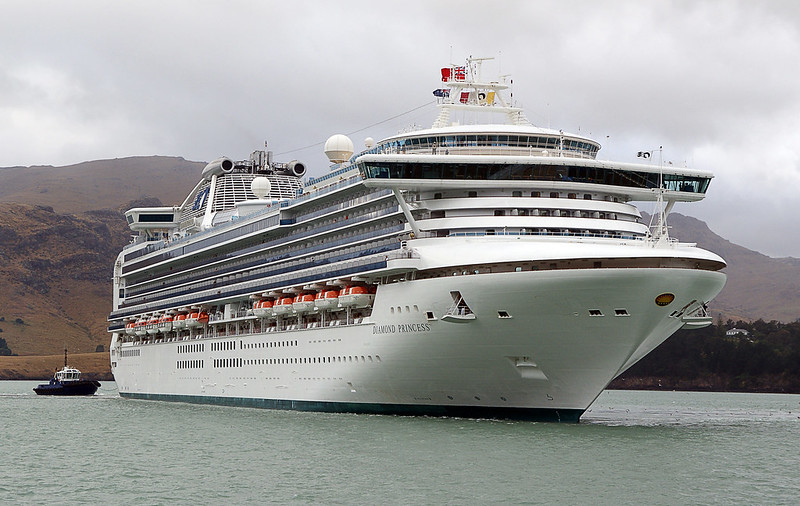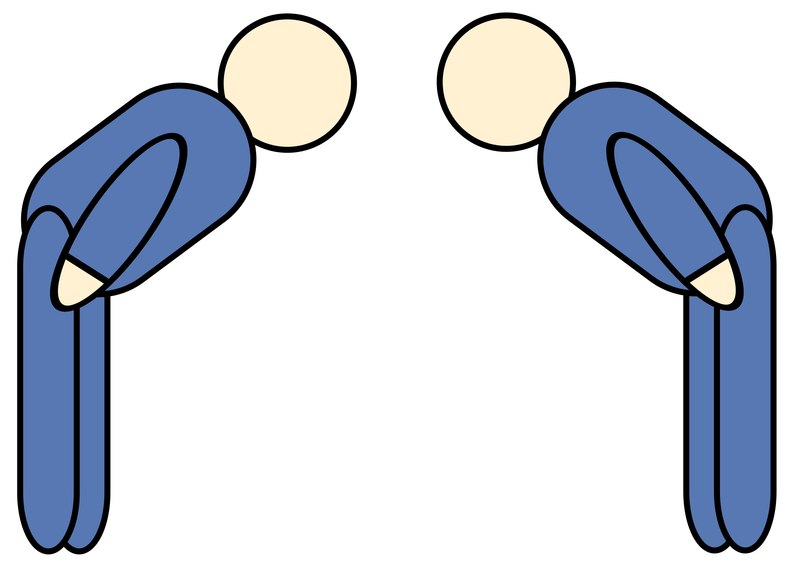Critics of Japan’s Handling of the Cruise Ship Coronavirus Quarantine Have 2020 Hindsight

March 26, 2020, was a fateful day for the United States. According to the Johns Hopkins University tracker, on this date the number of COVID-19 cases in the US surpassed those of Italy and China, thrusting the country to the No. 1 spot on the global list.
In Asia, Japan stands out for its containment of the coronavirus. Although it was one of the first countries to have positive COVID-19 cases outside of China, by the end of March, it had 2,227 cases. That’s still a relatively low number compared to the staggering figures in the US and most countries in Europe.
The Diamond Princess tragedy in February was a slight blip in Japan’s successful approach to keeping its coronavirus infections in check. An American-owned and British-flagged cruise ship, the Diamond Princess was permitted to dock at the Yokohama port ahead of schedule because of a former passenger that had tested positive for the coronavirus. Notwithstanding the generosity of Prime Minister Shinzo Abe in attending to the needs of the 3,700 passengers and crew, and risking exposure of the Japanese teams, the administration still got a great deal of bad press over its quarantine procedures.
The linear growth of the virus infection in Japan is confounding many experts, even leading some to doubt the veracity of the figures. What escapes most is the fact that PM Abe took early measures to prevent further entry and transmission of the disease.
Other factors also played a huge part in the effectiveness of Japan’s measures.
1. In January, PM Abe and his Cabinet instituted countermeasures for the coronavirus by undertaking surveillance, screening incoming travellers from China, and requiring quarantines as necessary. They also performed tests on people with COVID-19 symptoms, under the supervision of the National Institute of Infectious Diseases.
Japan’s selective testing has come under fire, with local and foreign critics theorizing that the number of cases in Japan may be a lot higher than declared, and that infected people that do not show symptoms may be unwittingly transmitting the virus.
But an official of the Ministry of Health explained that unwarranted and rampant testing can overwhelm medical facilities and may cause a shortage of equipment at a future time when they may be needed. This rationale has been proven correct in light of the current situations in the US, Italy, and other countries that are coping with overburdened hospitals and health workers, and scarce resources.
2. Although Japan did not resort to forcible measures in the early stages of the COVID-19 outbreak, it was one of the first countries to order all schools closed. It also requested the suspension of gatherings and encouraged work from home options.
Japan began imposing travel bans in early February, starting with hard-hit regions in China and expanding to include South Korea and other countries. The current ban now encompasses 723 countries and territories, when Japan’s COVID-19 cases saw a rise towards the end of March.

3. For the Japanese people, bowing is a deeply ingrained habit to signify a greeting, respect, gratitude, and welcome. This cultural practice comes in handy at this time when social distancing is highly advised and even required. Bowing the head also eliminates physical contact such as shaking of hands and kissing as a form of greeting.
More than in any other country, the Japanese are also cleanliness freaks. They bring along hand sanitizers and wipes and it is common to see them wearing masks on trains or walking on the streets. This facet of their culture has helped in limiting the transmission of the virus among them.
4. Japan is a country of Nobel Prize-winning scientists and engineers. Thus, when the COVID-19 infection struck, Prime Minister Abe trusted the experts to initiate innovative and untried measures to treat them. The anti-flu drug Avigan, which is the generic favipiravir, was tried on the cases with good results. Avigan is a product of a Japanese pharmaceutical company and was used in China for its coronavirus infections.
Japan’s COVID-19 cases are on the rise. How far it will go remains to be seen. But Japan’s leaders have proven to the world that they can meet the challenge and are even now imposing measures to halt the tide of infections. They have also shown that politicking has no place in the face of this global threat, but cooperation and unity are crucial in winning the battle against the coronavirus.

